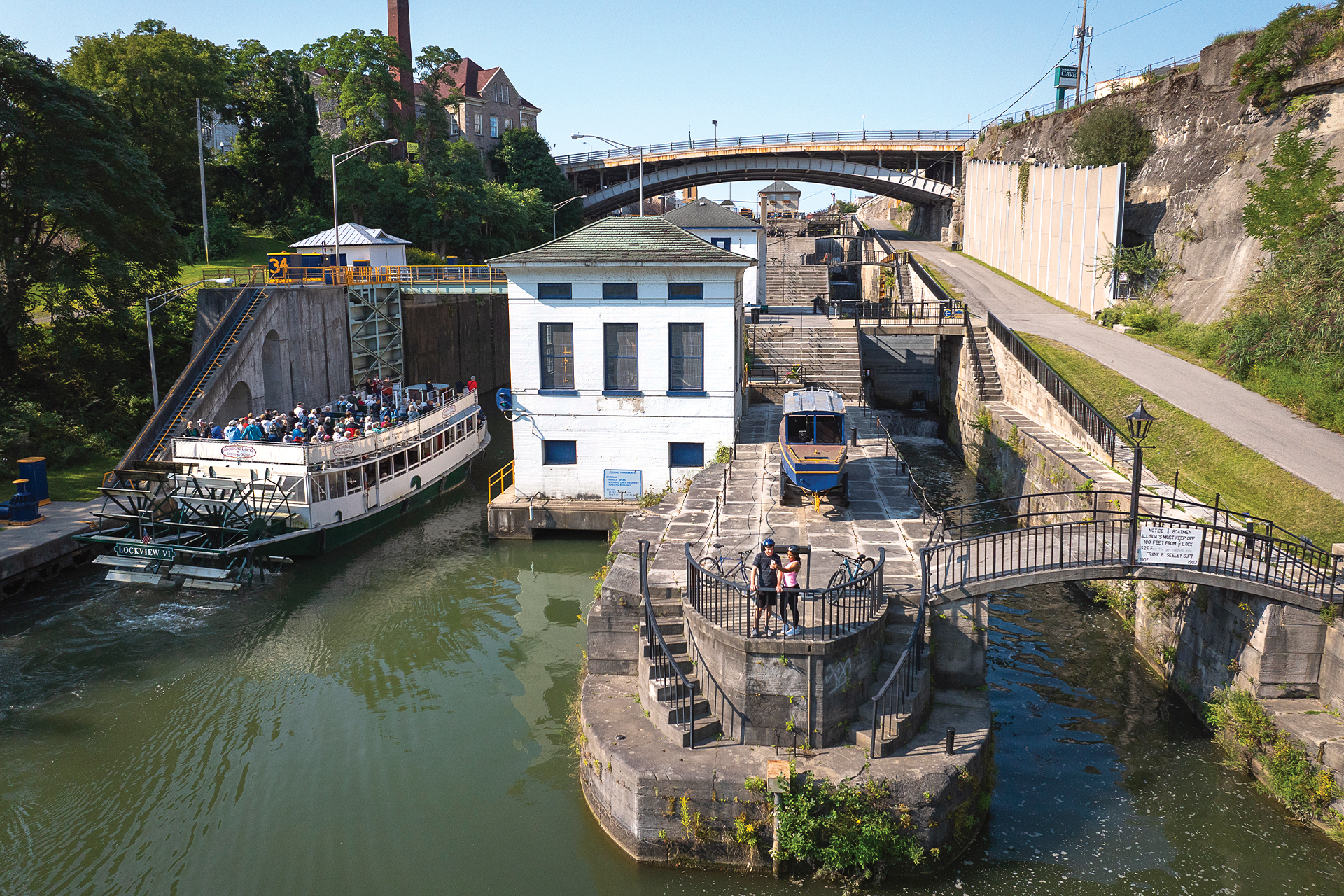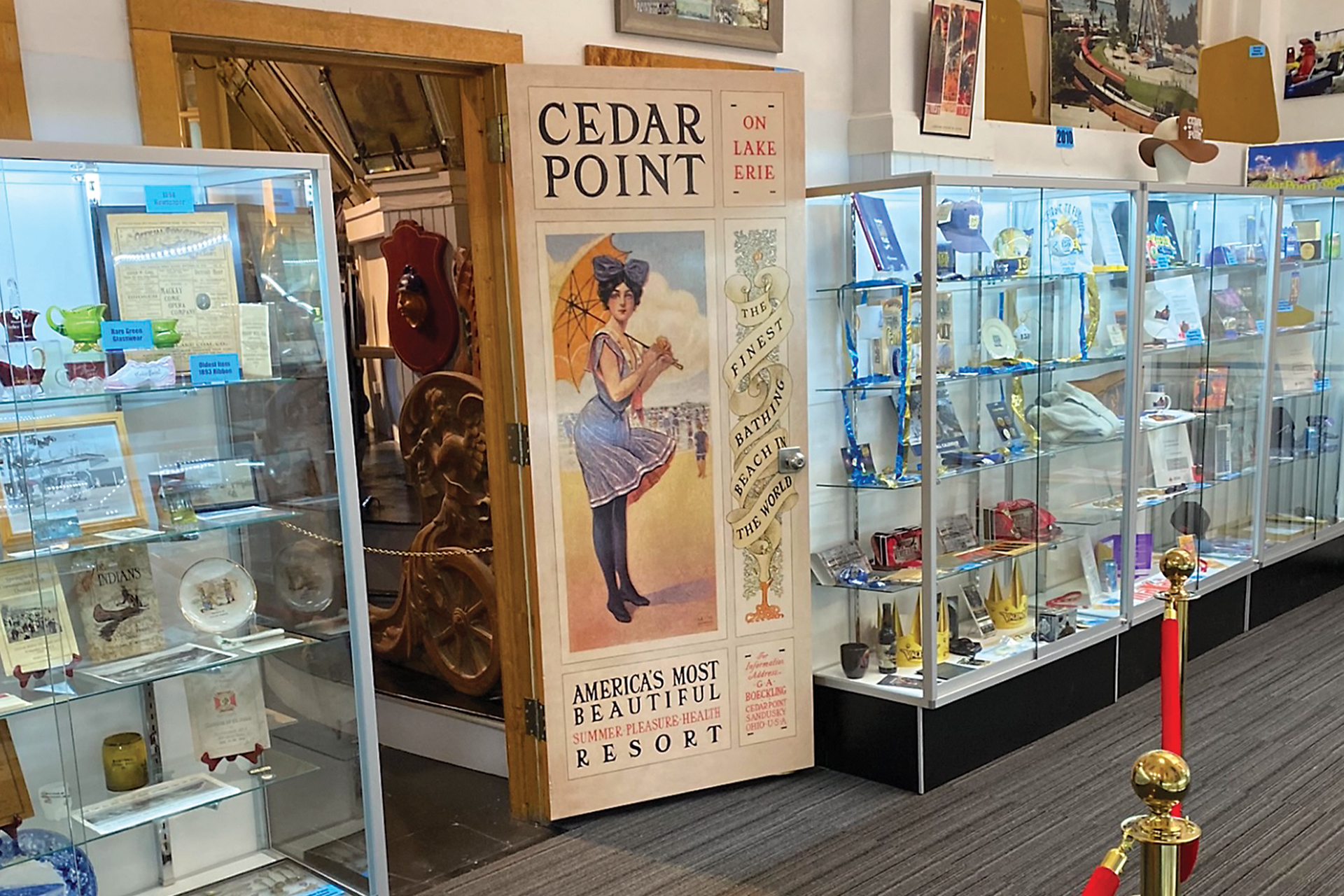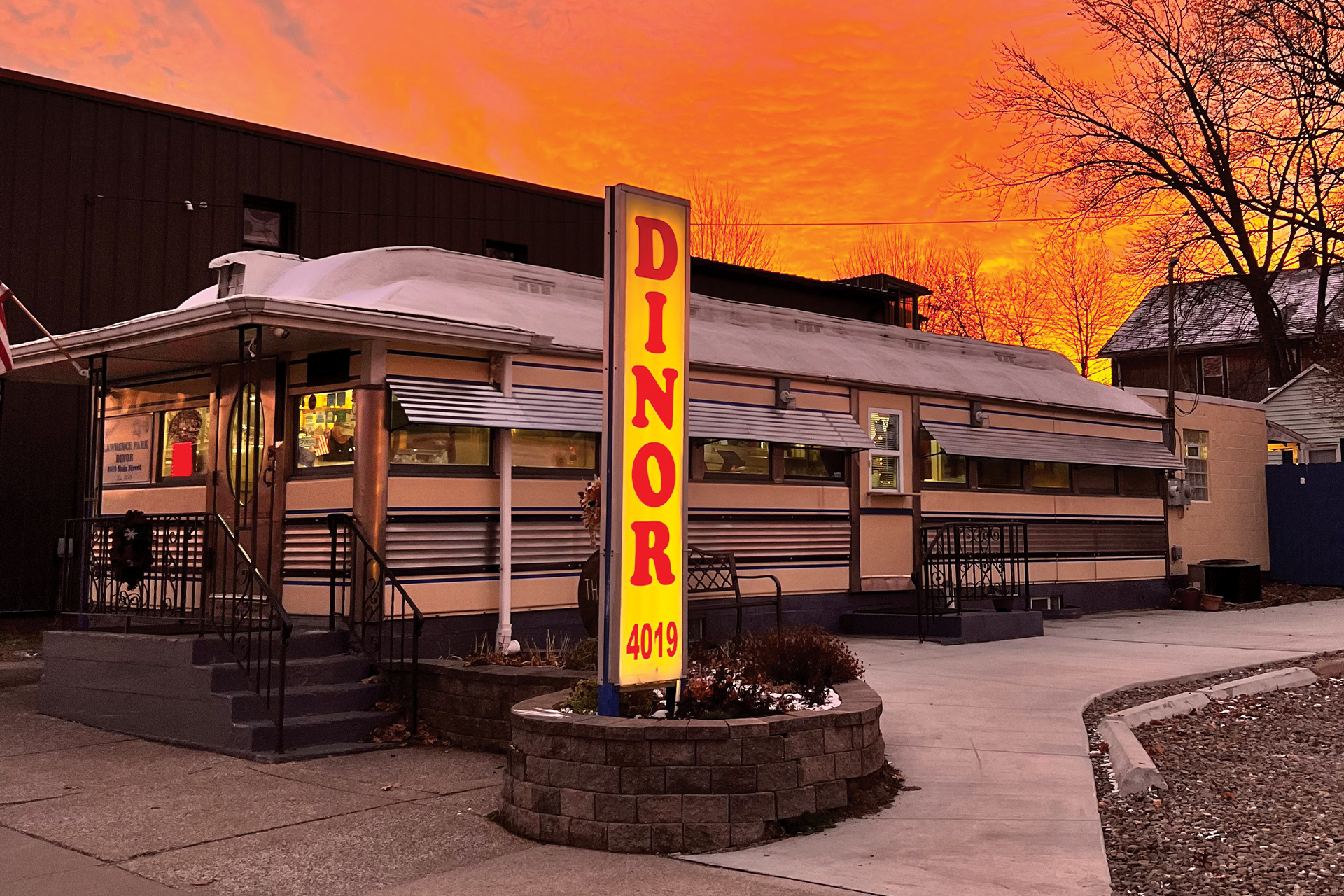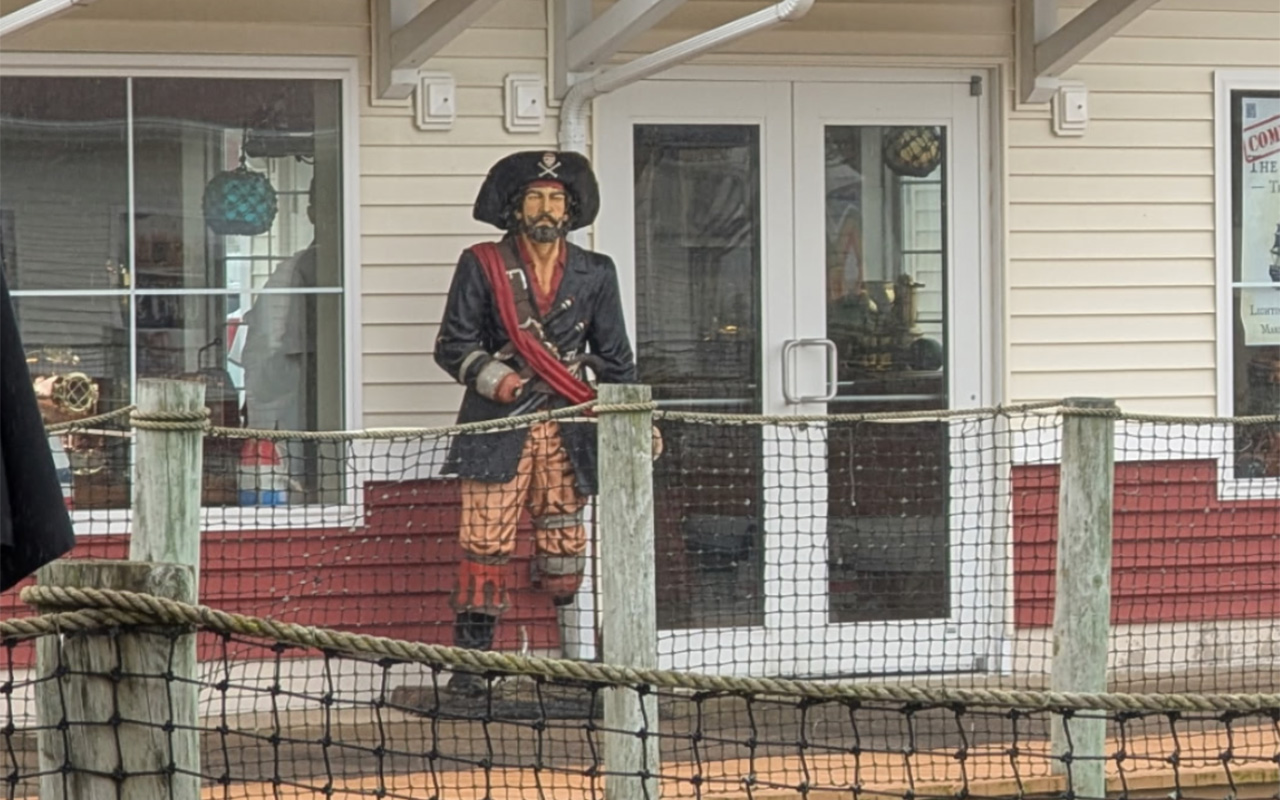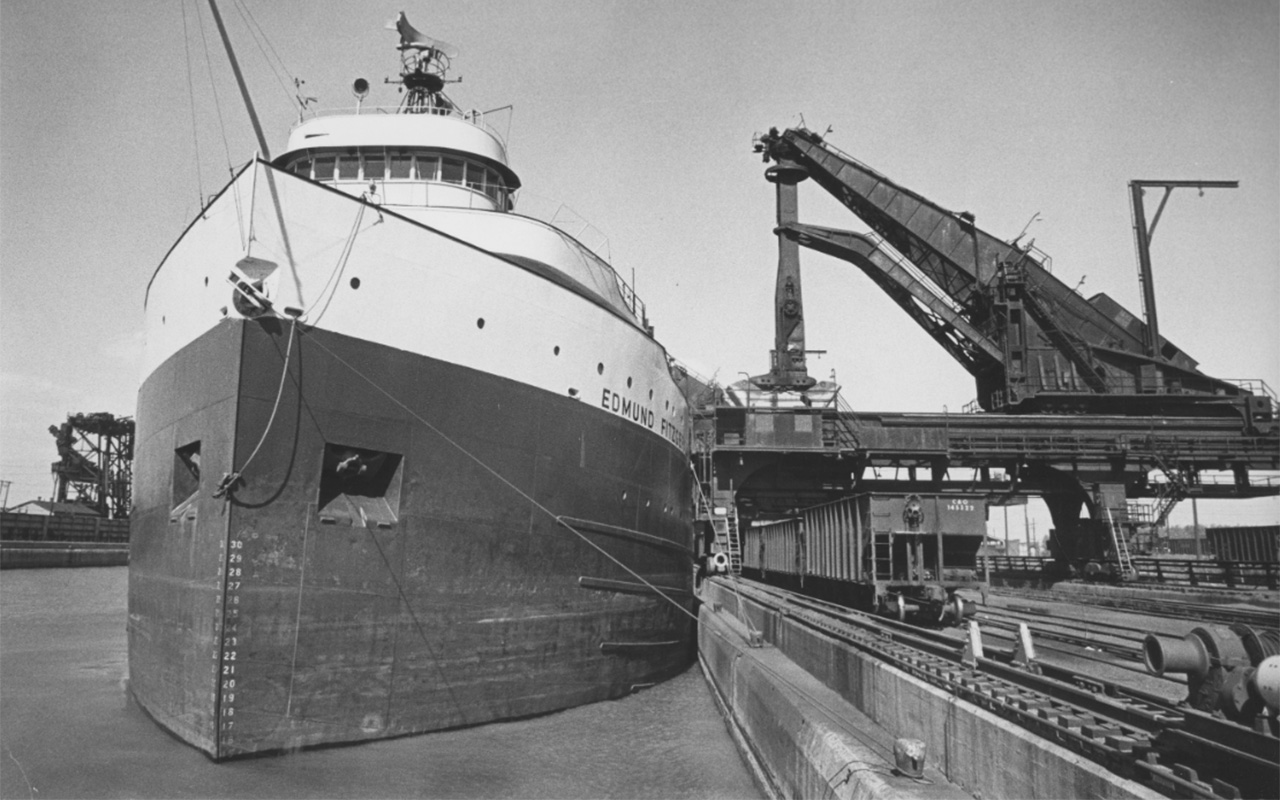Put-in-Bay Sports Car Races Are a Fun Nod the the Ohio Island's Past
The annual races were brought back in 2015 and continue to delight both drivers and spectators.
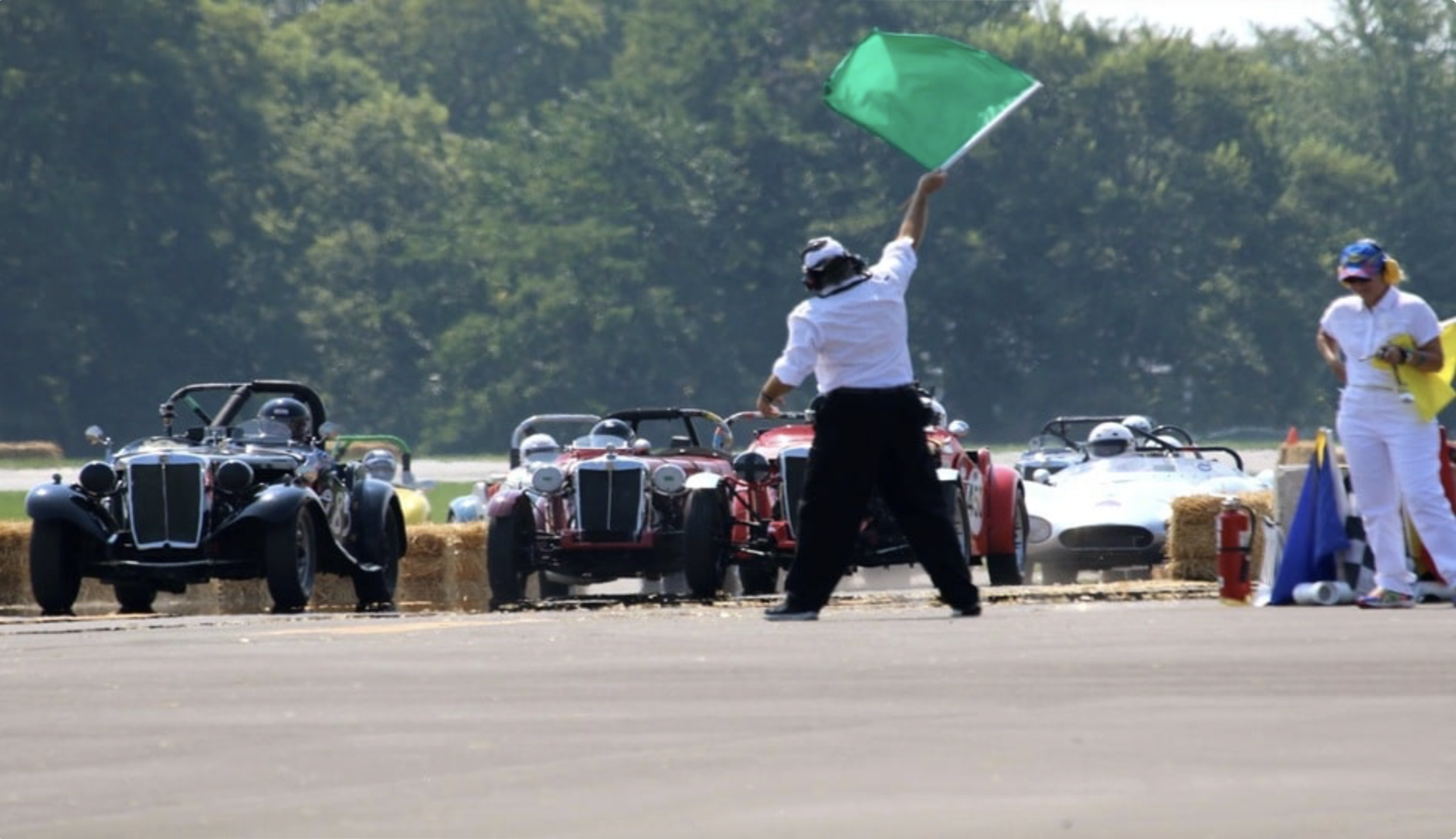
Barry Prosser’s garage is a museum of sorts, a tribute to the races that overtook the roads of Put-in-Bay for a Saturday each year during most of the 1950s. Over three dozen 8-by-10 photos taken during the event in the South Bass Island village, compared to Watkins Glen in the October 1958 issue of Sports Car Illustrated, hang on the walls. Parked underneath the ceiling-hung flags of Italy, Germany and Sweden are the Dayton, Ohio-area resident’s 1972 Fiat 850 Spider, 1958 BMW Isetta 300 and 1967 Saab 96 Sport.
“Saabs were a prominent car at Put-in-Bay, along with Volkswagens, Renaults and MGs, Triumphs and MGAs, Porches,” the retired General Motors senior manufacturing engineer says.
Prosser will take the Saab to the 2024 Put-in-Bay Sports Car Races, a three-day celebration of those contests of yesteryear. The annual event, this year scheduled for Sept. 17-19, attracts approximately 120 owners of sports cars built before 1973 with engines of 2 liters or smaller in size. Although the featured-marque contest at the Put-in-Bay Airport is limited to approximately 100 cars in four classes, many register in a “street class” to participate in the vintage car show, which consists of police-escorted two laps around the original 3.1-mile course, a tour of the airport course, and dressing in 1950s fashions for social events, according to Put-in-Bay Road Race Heritage Society organizer Manley Ford. The fun spirit of the race hasn’t changed since the 1950s, says co-organizer Rich Hahn.
“Suppose we throw a party, and a race breaks out?” he says.
The first road race roared through the streets of Put-in-Bay in September 1952. Like other road races, it was fueled by World War II veterans’ interest in the little sports cars they’d seen while serving in Europe. Among them was Richard Henn, a colonel-turned-investment broker who co-founded and served as president of the Cleveland Sport Car Club.
“There weren’t a lot of formal racetracks,” says Henn’s grandson, Christopher Kintner, a Leesburg, Virginia, cybersecurity engineer who participates in the race and has given presentations on its history. He tells the story of a Cleveland Sport Car Club member who’d vacationed in Put-in-Bay and thought it would be a great place for a race. “He and my grandfather and some other individuals went up there together to look at it, talk to people and see if they could actually make it happen. And they did.”
Prosser describes drivers as everyone from foreign-car dealership owners to “the average guy that just bought a sports car,” primarily from Ohio, Pennsylvania, Indiana and Michigan. Notable participants included Cleveland disc jockey Bill Randle, auto-racing impresario Carl Haas, semiprofessional racecar driver Chuck Dietrich, and Dr. Sam Sheppard, the Bay Village, Ohio, physician found guilty of the 1954 murder of his wife Marilyn. (The conviction subsequently was overturned.)
Multiple race classes were added over the years to accommodate the increasing number of imported makes and models available to participants. Safety measures, however, were next to nonexistent by today’s standards. Lengths of string and snow fencing separated spectators from the racecourse; hay bales protected lampposts and fire hydrants. Cars only had lap seatbelts, drivers only helmets and goggles. Amazingly, no driver or spectator was seriously injured, a fact Ford attributes to the Cleveland Sport Car Club’s strict enforcement of rules such as passing only in designated areas.
The last race organized by the Cleveland Sport Car Club was conducted in 1959 after the state of Ohio banned racing on public streets. And Ford says organizers couldn’t obtain insurance coverage after an Austin-Healy Sprite veered off course and brushed the underwriter. A Detroit-area sports-car club obtained permission to conduct a shortened race on an October 1963 Saturday.
But the resurrection was short lived. Prosser, who attended the race as a 19-year-old spectator, recalls a crash at 2 p.m. on a curve near Mother of Sorrows Catholic Church. The driver swerved to avoid an obstacle — depending on who’s telling the story, either a dog or child running across the road.
“Nobody was injured, fortunately,” Prosser says. In fact, the driver was found leaning against a tree, smoking a cigarette. “But it was serious enough that the car was totaled; there was some building damage. They canceled the race for the rest of the day. And that was the end of the races.”
In 2009 another 1963 race spectator, Jack Woehrle, began generating interest in a gathering to commemorate the races. “The first few years [were] just a reunion of people with old sports cars,” Hahn says. But by 2015 the Federal Aviation Administration had approved the Put-in-Bay Road Race Heritage Society’s application to shut down the Put-in-Bay Airport from 9 a.m. to 4 p.m. on two consecutive weekdays and conduct a race on a taxiway and main runway.
Organizers are trying to attract younger race entrants — a challenge, Prosser admits, when participation requires a $450 entry fee, reliable vintage vehicle costing anywhere from $7,000 to $10,000, and approximately $800 in safety equipment. Exceptions are made for owners of sports cars of historical racing significance built after 1973 — a first-generation Mazda Miata, for example — to increase the pool of entrants. The investment, Prosser, Ford, Hahn and Kintner assure, pays off in a unique experience.
“It’s a memory that lasts forever,” Prosser says.
Stay on top of everything Lake Erie has to offer — all year long — by subscribing to our free The Splash newsletter. It’s your guide to the best food, drinks, parks, beaches, shopping, festivals, music and more.

